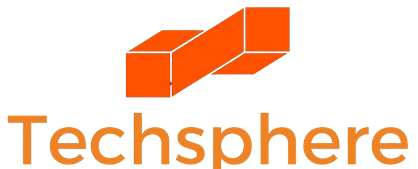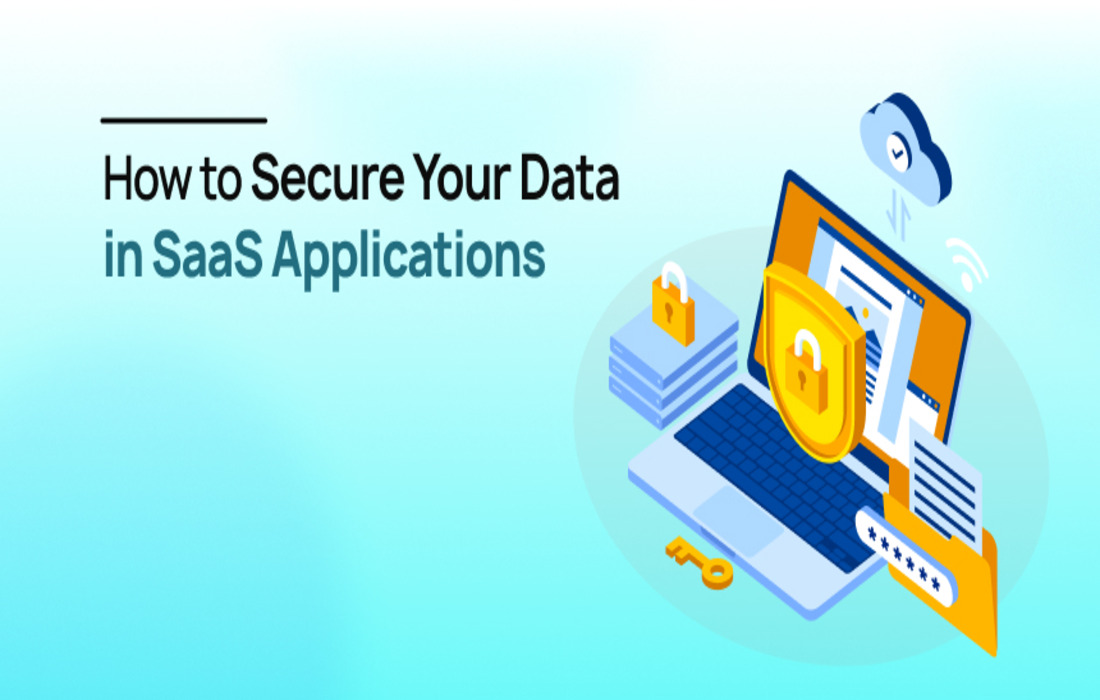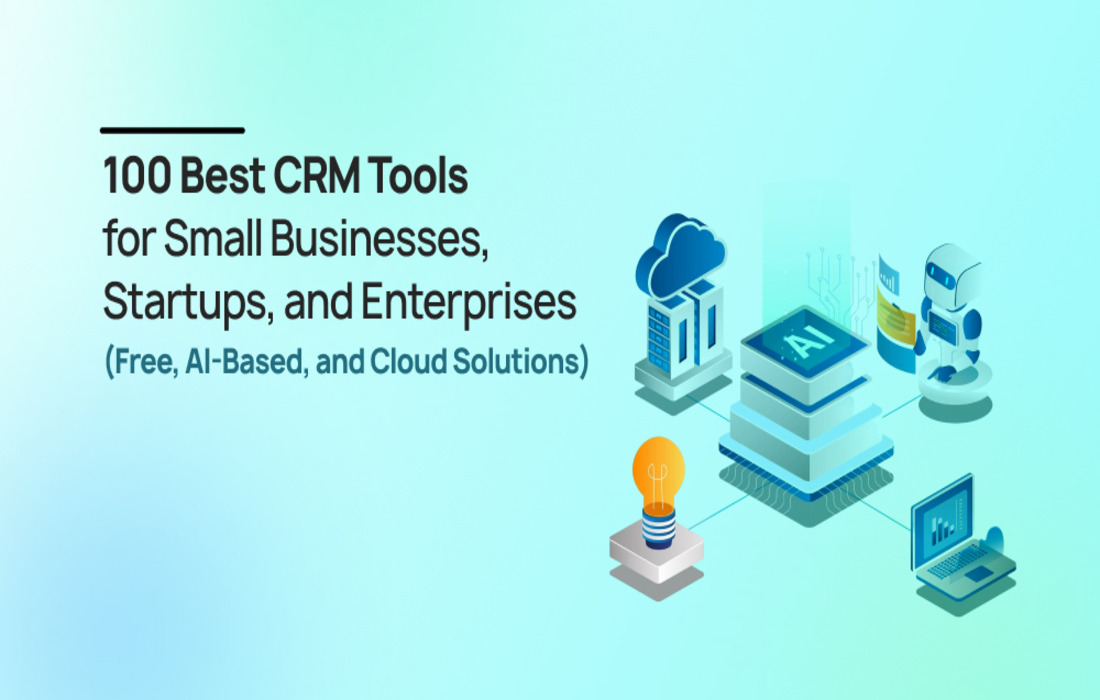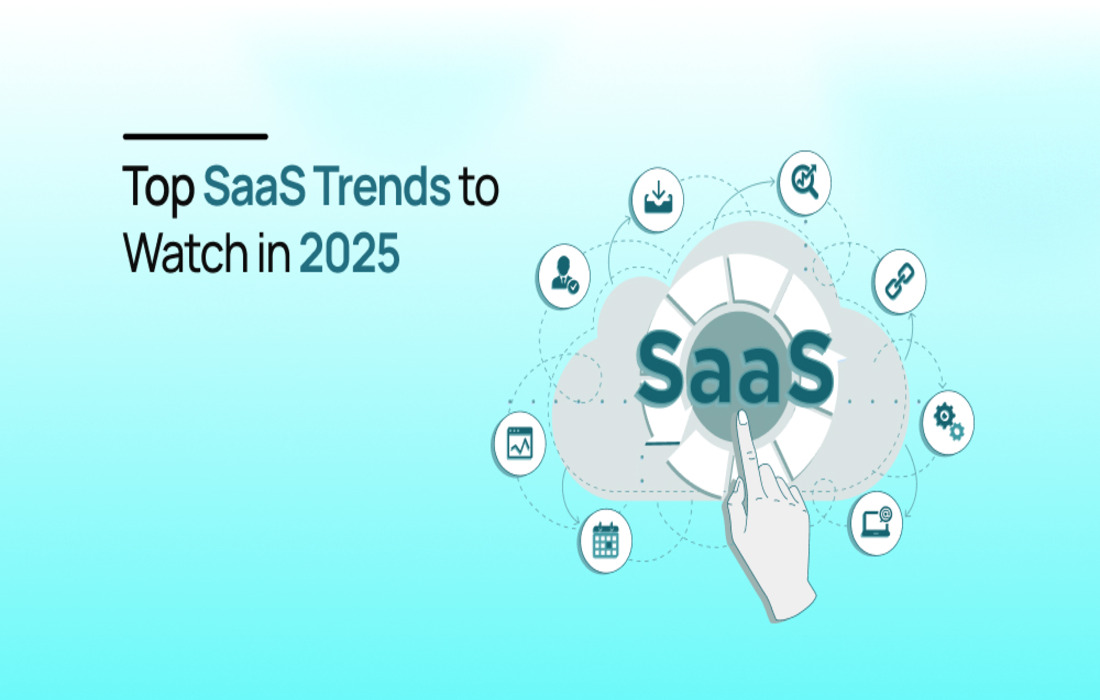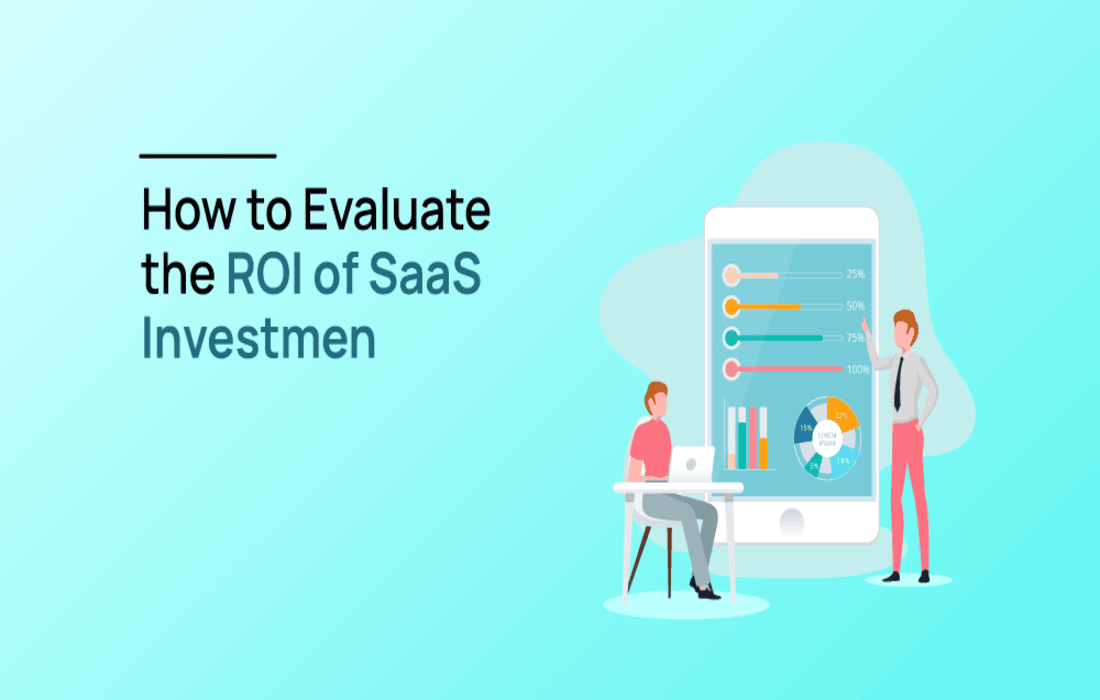As more organizations adopt SaaS (Software-as-a-Service) tools to drive productivity, collaboration, and agility, the need to ensure data security in these cloud environments becomes paramount. Whether you’re a startup managing customer data through a CRM or an enterprise using cloud-based ERP systems, protecting secure SaaS data is non-negotiable in 2025.
This article outlines best practices to secure your data when using SaaS applications, backed by current trends, regulatory expectations, and actionable recommendations.
Why SaaS Security Matters in 2025
SaaS applications are attractive because they reduce infrastructure overhead, enable remote work, and offer scalable capabilities. However, the convenience of cloud software introduces new security risks:
- Data breaches and leaks
- Unauthorized access and identity theft
- Compliance violations (GDPR, HIPAA, CCPA, etc.)
- Insider threats or misconfigurations
According to IBM’s 2024 Cost of a Data Breach Report, the average cost of a SaaS-related breach was $4.72 million—higher than on-premise systems.
Common Vulnerabilities in SaaS Environments
Understanding where vulnerabilities occur is the first step to managing them effectively.
- Weak user authentication: Poor password hygiene and lack of multi-factor authentication (MFA).
- Third-party integrations: Unsecured APIs or connectors can introduce entry points.
- Over-permissioned users: Granting excessive access rights increases insider risks.
- Unencrypted data: Data in transit or at rest not properly encrypted.
- Misconfigured settings: Admin dashboards left with default configurations.
Step-by-Step Guide to Secure SaaS Data
Step 1: Choose Secure SaaS Providers
Not all SaaS tools offer the same level of security. Begin your defense by selecting vendors that prioritize data protection.
Vendor Evaluation Checklist:
- End-to-end encryption (at rest and in transit)
- SOC 2 Type II, ISO 27001, or GDPR compliance
- Published security documentation or trust center
- Clear data ownership and retention policies
Examples of secure SaaS tools: Dropbox Business, Google Workspace, Salesforce, and Atlassian (Jira, Confluence) all provide enterprise-grade security certifications.
Step 2: Enforce Strong Identity and Access Controls
Identity is the new perimeter. Ensuring the right people access the right data is foundational to SaaS security.
Best Practices:
- Implement Multi-Factor Authentication (MFA)
- Use Single Sign-On (SSO) across all cloud apps
- Apply the principle of least privilege (PoLP)
- Regularly audit user roles and access levels
Step 3: Enable Data Encryption and Secure Backups
To maintain secure SaaS data, businesses must ensure that both transmission and storage follow industry encryption standards. Encryption protects your data from being readable even if intercepted.
- Ensure the vendor uses AES-256 encryption or equivalent.
- Verify that all data in transit (via HTTPS) is secure.
- Backup critical data regularly—even for SaaS tools.
- Use encrypted backups stored in geographically redundant locations.
Step 4: Monitor User Activity and Anomalies
User behavior analytics can alert you to suspicious actions like large downloads or unusual login patterns.
Recommended Tools:
- Built-in audit logs (e.g., Google Admin Console, Microsoft 365 Security Center)
- Third-party monitoring tools like Datadog, Splunk, or Sumo Logic
- Configure alerts for high-risk actions like permission changes or login attempts from new locations
Step 5: Secure Integrations and APIs
Many SaaS applications connect to other tools via APIs. While powerful, these integrations are often overlooked security risks.
Tips to Secure APIs:
- Use OAuth tokens instead of passwords
- Validate API calls and restrict them to whitelisted IPs
- Regularly rotate API keys
- Monitor usage logs for unusual activity
Step 6: Educate Your Team on Security Best Practices
Technology alone doesn’t guarantee security. Human error remains a leading cause of breaches.
Training Topics to Cover:
- Recognizing phishing emails and social engineering
- Safe sharing practices in tools like Google Drive or Notion
- Reporting suspicious behavior or breaches promptly
Tip: Use platforms like KnowBe4 or Curricula for ongoing security awareness training.
Step 7: Stay Compliant With Data Regulations
Depending on your geography and industry, compliance may be legally required.
Common SaaS Compliance Requirements:
- GDPR (EU): Right to be forgotten, data portability
- HIPAA (US): For healthcare-related SaaS
- CCPA (California): Transparency and opt-outs
- SOC 2: Auditable controls for data security and confidentiality
Ensure your vendors provide data processing agreements (DPAs) and offer audit reports on request.
Bonus: Conduct Regular SaaS Security Audits
Security is not a one-time task. Conducting internal or third-party SaaS audits helps uncover:
- Orphaned user accounts
- Misconfigured sharing permissions
- Outdated or unused integrations
- Data storage outside approved regions
Create a quarterly review process with your IT or security team.
SaaS Security Comparison Table
| Security Feature | Basic SaaS Tools | Enterprise-Grade SaaS |
| MFA Support | Optional | Mandatory |
| End-to-End Encryption | Limited | Standard |
| Role-Based Access | Basic | Granular |
| Audit Logs | Partial | Comprehensive |
| Compliance Certifications | Few or None | Multiple (SOC 2, ISO) |
Conclusion: Stay Proactive and Secure in the Cloud
SaaS tools will continue to drive innovation and efficiency in 2025 and beyond. But with convenience comes responsibility. Whether you’re using business productivity software or cloud collaboration platforms, securing your data must be part of your operational DNA.
Key Takeaways:
- Evaluate vendors for proven security credentials
- Enforce robust identity and access management
- Encrypt everything and monitor constantly
- Educate users and foster a security-first culture
- Review and audit regularly to stay ahead
Looking to secure your SaaS stack? Bookmark our blog and subscribe for more insights into cloud software, best practices, and strategic IT decision-making.
Stay secure. Stay scalable. Stay smart.
